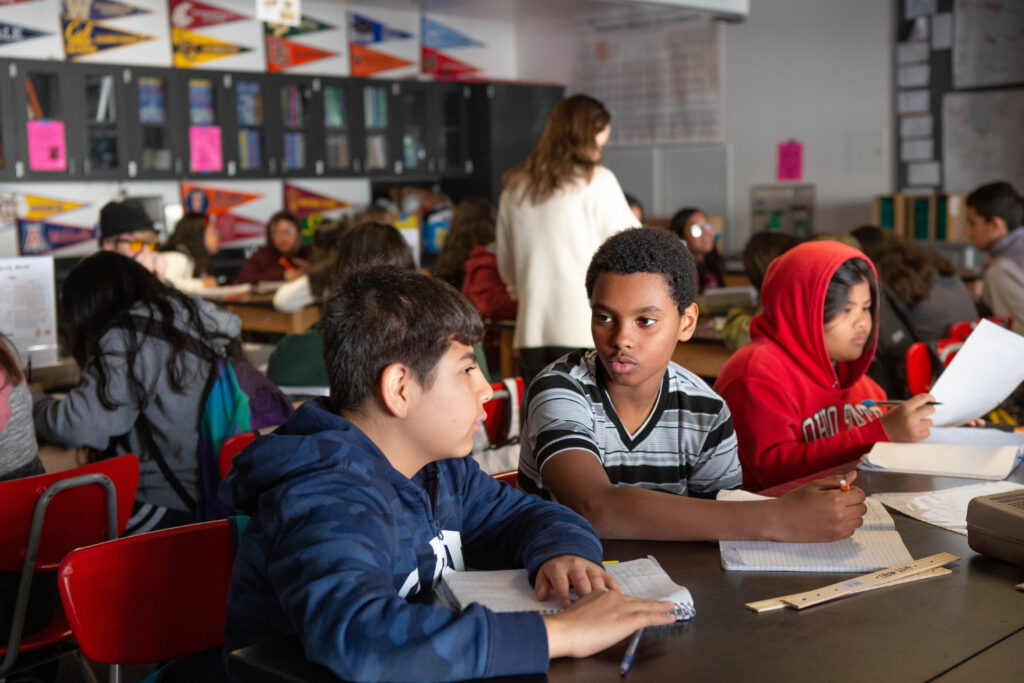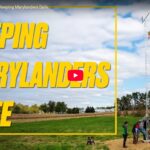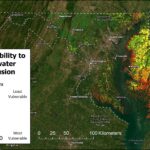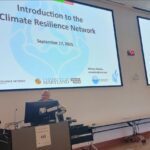As a former science teacher, I understand the instinct to have students collect and analyze their own data as often as possible. After all, most, if not all school districts in Maryland use Next Generation Science Standards, which emphasizes both data collection and analysis. As teachers, we want to help our students develop these important skills. However, it isn’t always practical to have students collect their own data. During my time as a sixth grade science teacher, I’ve split many a lab into two class periods because students could not accurately collect data and think about what it means in the same 50-55 minute block. You could try to force the whole activity (hypothesis development, identification of variables, collecting data, analyzing data) in one class period, but like I did, you’ll find that the quality of the work will be lacking, and it won’t show you what your students know or what they can really do.
So our options are either
-
- Disregard curriculum pacing and spend multiple class periods on one assignment and get a true representation of what the students can do and understand, or
- Follow curriculum pacing and get the assignment done in one class period, but get no understanding of what your students actually know.
There is another way!
In 2022, I participated in the Research Experience for Teachers program at the Smithsonian Environmental Science Center (SERC). During my time there, we learned about how to use datasets shared by professional and citizen scientists in the classroom. Sometimes, insisting that the students collect data could take away from the objective of the lesson. This could be for a variety of reasons, including:
-
- Not knowing how to use the measurement tool(s)
-
- Time lost due to classroom management issues, schoolwide interruptions, or needing to explain the directions further
-
- And others…
Ultimately, you know your students’ needs better than I do, or anyone else. When having students collect data might be troublesome, consider using already available data collected and made publicly available. There are some websites, like Data Nuggets, that provide lessons based on datasets.
How do I find datasets?
I’m writing this post based on my own experience as a middle school teacher, so I’ll share how I found datasets to use with my kiddos.
Type in “[topic] dataset” into your favorite search engine. If you want environmental data specific to where your school is located, include the zip code (example: I typed “water temperature dataset 20783”). Then click the link most relevant to your lesson.
Here are some resources I used for datasets while I was teaching:
-
- datanuggets.org (lessons co-written by teachers and scientists using current data collected by professional and citizen scientists)
Modify the dataset
Sometimes, you’ll find a dataset with the information you need but looks like this:
You might want to cringe, but before you give up on it, try to modify it so it’s easier to read and only focuses on the data you’re interested in. This generally doesn’t take too long, especially if you know how to use spreadsheets. However, it’s a small time commitment that pays off. Thankfully, these days many datasets are clearer and better organized than they were even two years ago. Also, depending on which website you use, you may be able to customize the data table based on the data you need.
Make the data real
You have heard this advice at least once as a teacher: “Plan with the end in mind.” Before you really get into planning a lesson, the first thing you should do is decide what you want the students to take away from it, or your objective. When you do this first, you can decide on how you want to assess the students’ understanding. Also, this can suggest the story you can use with your students to make the data real to them. Storytelling is a frequently forgotten technique in science education. You, the teacher, don’t necessarily have to be the storyteller; you can use Youtube videos, podcasts, news articles, or even have your students tell a story based on the data. You don’t have to reinvent the wheel to create engaging, meaningful lessons for your students.






